I’m staring at a blank wall and some wilting flowers in a vase on my desk, trying to figure out a way to write an article about being creative.
The irony is, I’m feeling anything but.
Since October last year, and like many others, I’ve barely left my home other than to attend hospital appointments or go on my daily walk around the block.
I briefly saw relatives before Christmas, masked up and socially-distanced in a car park, to exchange gifts. But since January, the only people I’ve seen in person other than my partner have been delivery drivers, postal workers and the odd friend for a one-on-one walk.
As someone who takes inspiration from meetups with family and friends, conversations with colleagues, and exploring new places, this lack of stimulation has hit hard. But apparently, the boredom and claustrophobia the pandemic has brought with it could actually be a good thing.
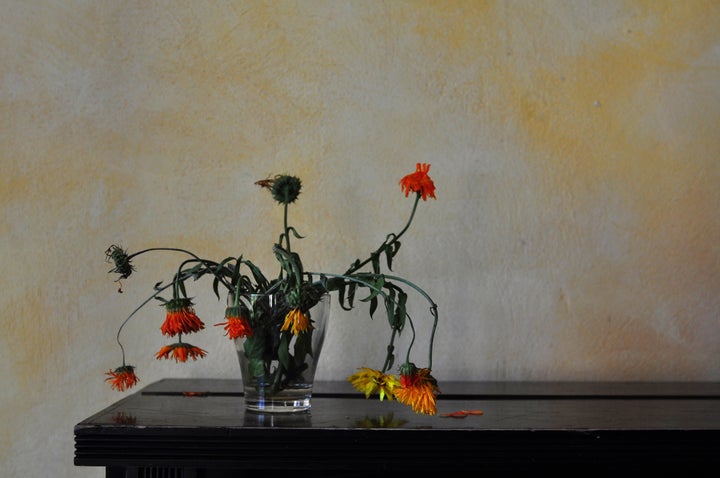
Dr Sandi Mann, a senior psychology lecturer at the University of Central Lancashire, goes so far as to say lockdown boredom could be “a catalyst for the most creative period in the history of mankind”. This, she suggests, is because when we are bored, our minds wander and we daydream – and both processes are the catalyst for creativity.
“In this time, we come up with more creative ideas and different approaches to problem solving,” she tells HuffPost UK. “This is why so many new and exciting business ideas have sprung up during lockdown, and parents have devised creative ways to entertain their kids after school hours and during half term.
“It’s not just being bored though – the periods when we have nothing else pressing to think about provide important downtime where our minds get the chance to daydream.”
Admittedly, I haven’t been letting my mind wander as much as I’d like because, despite #lockdownlife, I feel busier than ever – my day-to-day consists of researching and writing articles, interviewing coronavirus experts, and finding time to wash up or go for a quick walk, all while gearing up for a house move.
But allowing yourself space to get properly bored could actually be just what the creativity doctors ordered if you’re feeling stifled in lockdown.
‘Let your mind wander’
“The key to boosting creativity when you are juggling home schooling or other responsibilities during the pandemic is to set aside time to allow your mind to wander – time out where you are ‘bored’ and do nothing at all,” says Dr Mann, who authored The Science of Boredom: The Upside of Downtime. “We all need this in our lives – pandemic or no pandemic.”
Letting your mind wander without the distractions of music or technology can be the first step to your brain unwinding, alleviating stress and solving problems, which will boost your productivity and creativity in the process, she suggests.
There is something to be said for this. When lockdown first hit, Adelaide Damoah, an artist based in south-east London, came down with what she suspects was coronavirus and spent eight weeks resting and reading.
On her recovery, Damoah, whose art focuses on identity, race and colonialism, began to see a shift in her work.
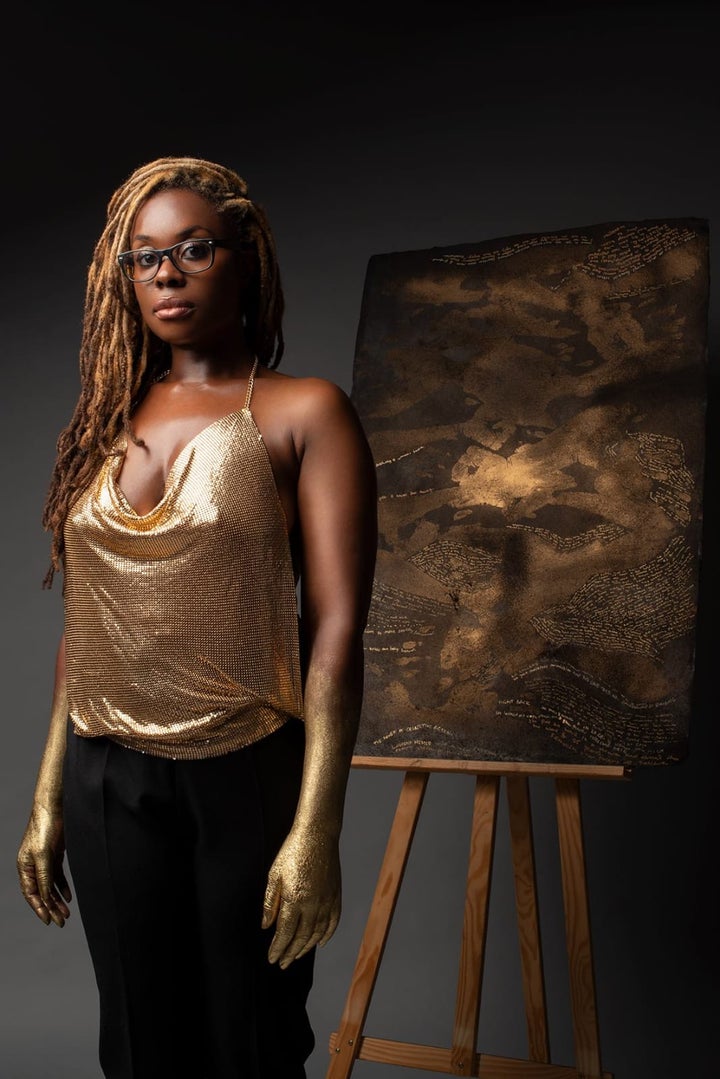
“I found myself not wanting to engage in subjects as serious as those I normally do,” she tells HuffPost UK. “I wanted to experiment with colours and process, so using more pinks, rather than the blues and blacks I would [normally] use.”
The pandemic has had “a massive impact” on her creativity, she says – but it’s not necessarily been for the worst. “With lockdown I wanted to revel in the joy of colour,” she explains. “That fed into some of the work I was doing for a performance – I made 10 pieces that contributed to that performance and wrote a poem, the first poem I had written and performed in 11 years.
“That all ultimately brought me back full circle to explore colonialism, but it changed my perspective and approach to that topic.”
‘Read more’
In lockdown, with fewer opportunities to go out and experience new things, Damoah has also been reading a lot to spark her creativity and new work. It has a “huge impact,” she says – as does keeping in touch with friends and other artists. “People in my friend and professional network, who I talk to all the time, are a constant source of inspiration,” she says.
Many of the creatives I spoke to said reading has been a huge source of inspiration for them, whether newspapers, books, magazines or online articles. Connecting to other people’s stories can also provide a sense of escape and a means of travelling to new places when we can’t do so in person.
‘Embrace the quietness’
When I asked creatives whether they’d noticed their ‘spark’ had suffered in lockdown, I was interested to hear that among those who took a deep breath, stepped back and slowed down in their work, the effect has been wholly positive. New ideas and new ways of working have been born.
Rich Hendry, 42, has been a photographer for 25 years and found the pandemic’s impact on travel had a huge effect on his work – while he previously worked with tourism and fashion clients, nowadays his working day looks more like juggling homeschooling, walking the dogs and photographing landscapes.
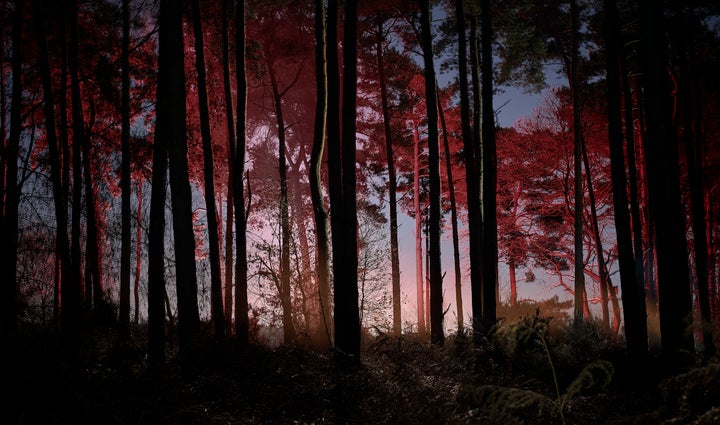
He says 2020-21 has been “really quiet”, but this gave him time to explore new ways of shooting. Previously when photographing landscapes he would choose to shoot at dusk and into the night using very long exposures, but recently he’s been experimenting with lighting landscapes at night using portable flash units, moonlight and even rescue flares from boats.
“I think constantly experimenting technically and looking at things from new perspectives helps keep things fresh – and this has been even more true during the pandemic, when work has been quieter,” he says.
George Tizzard and Rick Parkhouse, aka Red Triangle, are firm believers that slowing down in 2020 led to what will be their best year yet. The pair have been writing and producing music together for a decade, having worked with the likes of David Guetta, Green Day, Little Mix and Take That.
“I think if we’re being honest the pandemic has increased our creativity,” the duo tell HuffPost UK. “It’s given us time to study other genres of music and immerse ourselves in different sounds that we would otherwise have been too busy to absorb.”
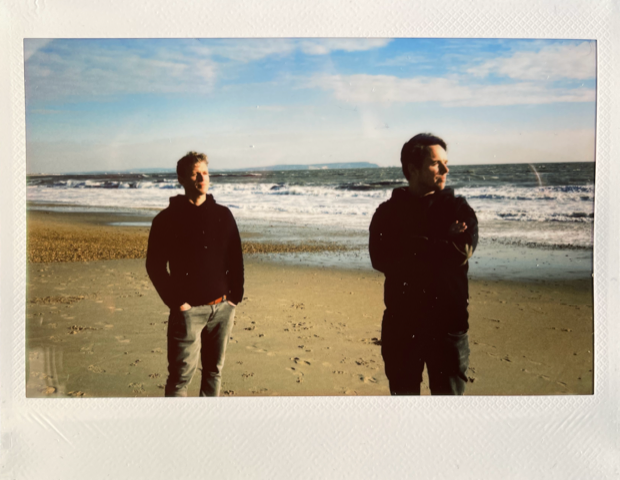
When the UK first locked down back in March 2020, the pair say their sessions “dried up” as others were hesitant to work with them over Zoom. This pushed them to start other projects and gave them more time to concentrate on their existing work, increasing the quality.
“It looks like this year is going to be our best yet in terms of major releases [they have been working on James Arthur’s new album over lockdown] and I think being locked in a studio and not being able to get out and procrastinate by going on holiday or to the beach has played a part in that,” they say. “It’s given us more time to craft the records we’ve been working on.”
Their inspiration comes from varied sources, whether listening to an old record or reading something. But they’ve still missed the more human element that can often inspire their work. “We’ve definitely lost that ‘sitting in a room chatting about life’ aspect though, which quite often is where concepts appear from.”
‘Don’t be afraid to take time out’
Before the pandemic hit, plenty of creatives sourced ideas from having new and exciting in-person experiences or from travelling. This has had to change over the past year, but it’s led people to adapt.
“I’ve realised that I don’t necessarily need to be travelling around to be creative. I can look inwards,” says Sravya Attaluri, a 25-year-old illustrator currently living in Hong Kong, whose work centres around mental health and feminism.
“My creative inspiration often comes from meaningful, open conversations around mental health, mental illness and equality with different groups of people,” she says. “I also use my own mental health journey and my daily reflections as a beginning point.”
The pandemic has prompted raw emotions – fear, anxiety and uncertainty – that Attaluri has been channelling into her art. “My art is often a reflection of my current state of mind,” she says, “and it always starts from an honest place.”
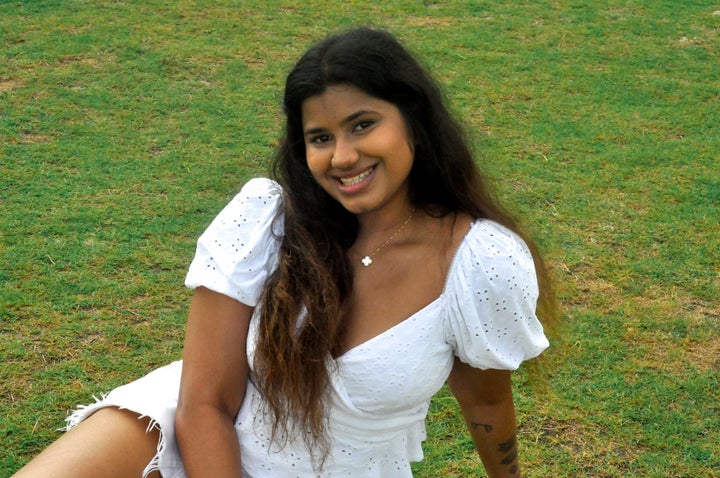
On the days when she’s felt like her mojo has gone into hiding, her remedy has been to take two- or three-day breaks from drawing and spend the time learning about different subjects that interest her, having interesting chats with friends, and just generally “slowing down”. This, she says, means she returns to her work inspired, with a different mindset each time.
Taking breaks to simply stop and stare is something which Dr Mann relies on to get herself out of a creativity rut, too. “Take in your surroundings, go on a walk, read a book – you never know what will inspire you,” she says. “It can be easy to swipe and scroll your boredom away, but it’s important to embrace periods of boredom and downtime.”
‘Connect with people online’
Poet Melissa Davies, 30 from Kendal, Cumbria, had also has to adapt her creative process to survive in lockdown. A range of work she was involved with was cancelled when Covid-19 hit, but it ended up sparking new passion projects.
“There’s been more space for reflection in the void left by cancelled events,” she says. “The pandemic coincided with the birth of my daughter so unlike many people who suddenly found themselves with empty days, I’ve still had to fit work around a busy schedule.”
Lots of her inspiration for new material comes from conversations – either ones she’s overheard or read about. Her latest work centres around the tension between tourism, farming and local people’s sense of belonging near the lakes where she lives.
Many of these conversations are now taking place online, rather than in person. “The wealth of connection points available online now means there’s even more potential for collaboration,” she says.
Her current work uses public responses to the question: How do you feel when you step out of your front door? “It will be a huge source of inspiration for me,” she says, “it’s like having lots of conversations with people about belonging, lockdown, nature, weather, fear and who knows what else.”
‘Don’t force it’
For some people, working full time during the pandemic hasn’t been enough to stem their creative juices. Claire Nora Owens, 28, from east London set up her own jewellery business Clear As Clay in July last year – in lieu of a social life, she began hand-making clay earrings while also working as an account director.
“You’d think that being in one, unchanging environment would negatively impact my creativity but what I’ve found is that this year has given me the time to slow down and actually spend significant amounts of time thinking about, planning for, and experimenting with my creative ventures,” she says.
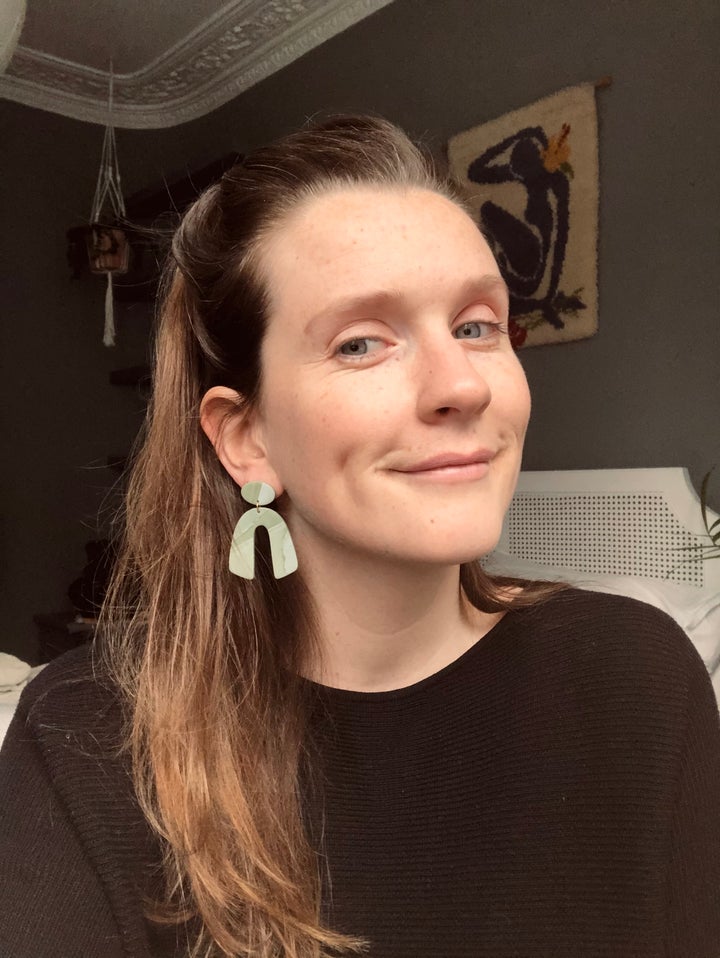
“Before it was something I intermixed into my busy lifestyle, but now I have the extra time and headspace to put towards being creative and was able to start a small business from it, which has always been a goal of mine.”
Her earrings, particularly their colour palettes, are inspired by interior design, illustrations and prints, and fashion. She’s adamant she only creates items that she’d wear herself. “When I’m playing around with new shapes or colours I always question whether or not it’s something I love and would wear,” she says.
During lockdown, the key to maintaining her creative spark has been not forcing herself into ‘making’ mode, she says. “Even if there’s nothing else to do, if I’m not feeling up to it then there’s no point in forcing it. Creativity can’t be forced!”
‘Look for the joy’
Luxury wallpaper designer of 30 years, Elizabeth Ockford, 53, from Sussex, acknowledges the pandemic could have really restricted her creativity as she was unable to visit the places she’d usually draw inspiration from, such as art galleries and shops.
Maintaining the spark in lockdown was challenging, she says, but as someone who has alway strived for design that evoke joy in people, she simply “looked for the joy” wherever she could and sourced inspiration from that.
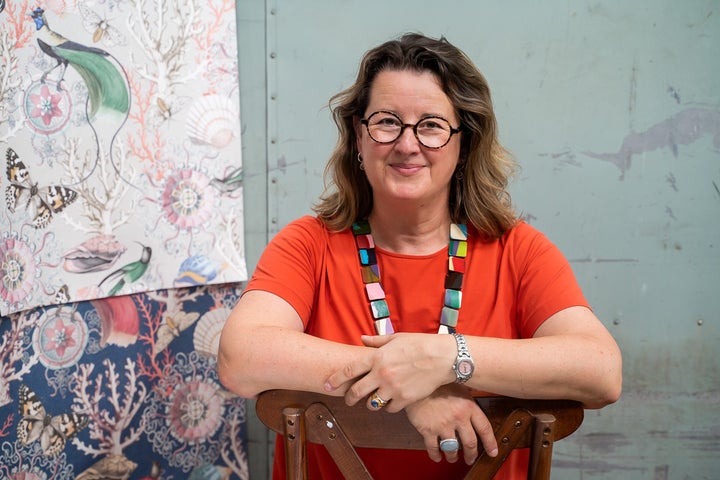
“As the pandemic took hold and lockdown was imposed, I found myself getting a little stressed by it all. This led me to seeking sanctuary in my own garden, one of the few places I was allowed to visit whenever I wanted, for as long as I wanted,” she says.
“The garden became my happy place and I simply took a table outside and started painting the early spring blooms, roses and geraniums, in watercolour. When I showed friends these floral paintings, the feedback was wonderful and they went on to inspire a collection we will be launching over the coming months."
